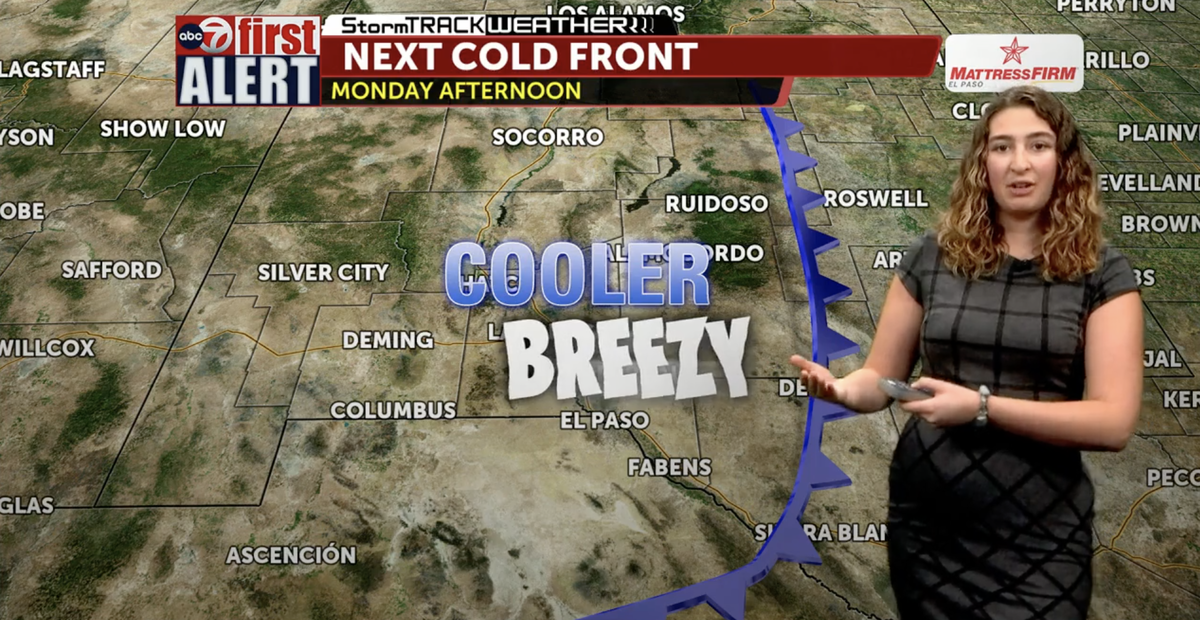A cold front moved through the Borderland today, but are there different types of cold fronts?

EL PASO, Texas (KVIA) -- Around 8 a.m. on Wednesday, a strong cold front moved through Las Cruces and El Paso. Weather data shows from 7 to 8 a.m. there was a seven-degree temperature drop, combined with gusts up to 53 mph recorded at El Paso International Airport throughout the morning.
This weather data is fairly typical here in the Borderland, as we often see cold fronts come from the east, west, and even the north from time to time. But for anyone who is not weather savvy, what is a cold front, and are they always the same?
The simple definition of a cold front is a boundary between cold, dense air, and warm, less dense air. In all cases, the cold air will cause warm air to be pushed up and over the colder air. Think of it as a dome, the cold air has a steep slope that leads to the top of the dome. Anything that is less dense and warmer will be pushed up and over the front, which is often why we'll see clouds as a cold front moves towards the area.
Even though most cold fronts act the same, there are still variations between different cold fronts. For example, there is an "anafront", which describes the scenario where the warm air gets pushed up and over the cold mass of air, leading to a variety of clouds as it gets pushed higher and higher over the cold air dome. These types of fronts typically cause stratiform rain, or depending on how cold the air mass is- freezing precipitation types.
There's also what's called a "katafront". This is a front that is normally associated with severe weather. Behind the leading edge of the cold air mass, there are strong winds. The cold front still pushes warm and less dense air up and over, but due to the strong winds marching along, normally a line of thunderstorms forms, also known as a squall line. Katafronts are what we normally see from a mid-latitude cyclone that has a severe weather risk, and can lead to hail, damaging winds, and even a spin-up tornado.
Of course, there's not always enough moisture to cause rain, thunderstorms or snow when a cold front passes. In the Borderland, we often have dry cold fronts move across the area. Cold fronts will always vary depending on what type of environment they are in, and whether the air mass has moisture or not. Now you know a little something special about the weather!
